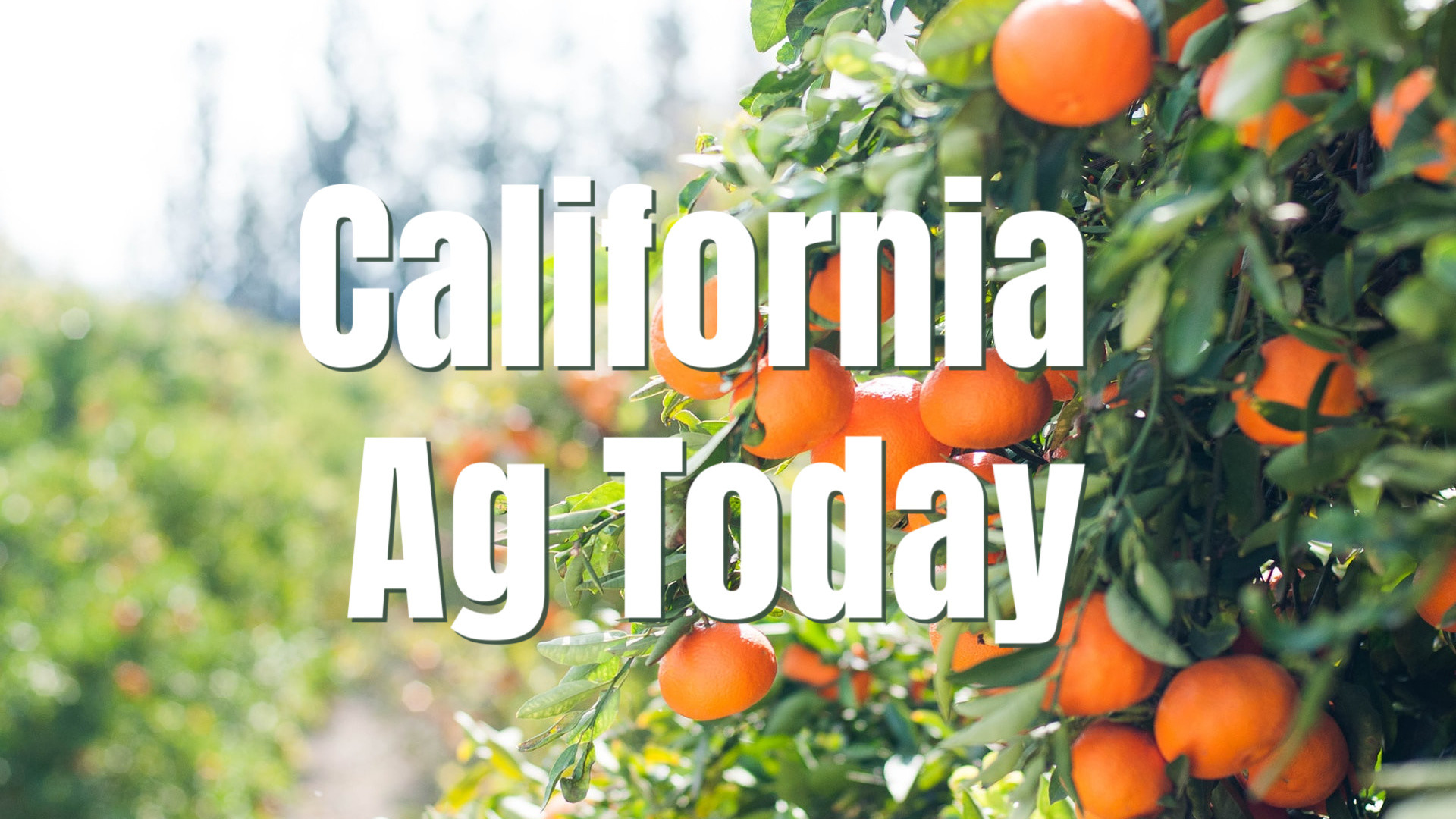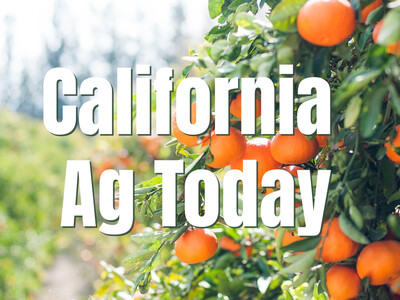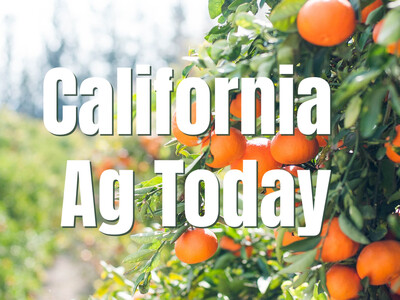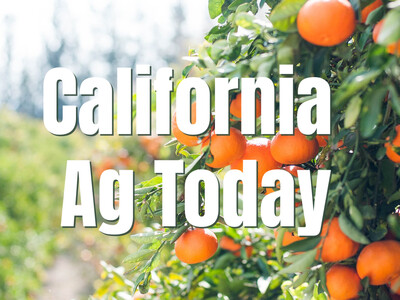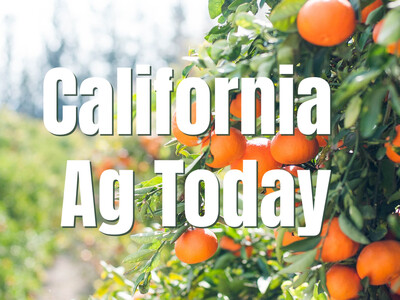Wildfires Impacting California Agriculture

Tim Hammerich
News Reporter
Today’s report is a few wildfire-related storylines happening throughout the state courtesy of the California Farm Bureau.
In the wake of wildfires scorching parts of Northern California, affected farmers and ranchers work to rebuild irrigation systems and take other steps to save remaining crops and commodities. Farmers in the path of the wildfires face costs to rebuild or replace damaged structures and equipment. The fires have also burned thousands of acres of grazing land, leaving ranchers with difficult decisions about managing their livestock.
Twenty-five members of Congress from California asked the White House last week to make more N95 respirators available to farmers and their employees. The masks are required for outside work when air quality worsens during wildfires. The bipartisan request asked the White House Coronavirus Task Force to work with state and local authorities to ensure farmers and farm employees have "priority access to the protective gear they need to do their essential work."
Beekeepers in the region around Vacaville say the LNU Lightning Complex fire caused severe losses that threaten their businesses and their ability to provide pollination services to almonds and other crops. In part, that's because the fires hit at a time of year when beekeepers repopulate their colonies for almond pollination the following February. The fires also damaged or destroyed bee habitat and forage.
(Source: California Farm Bureau)


